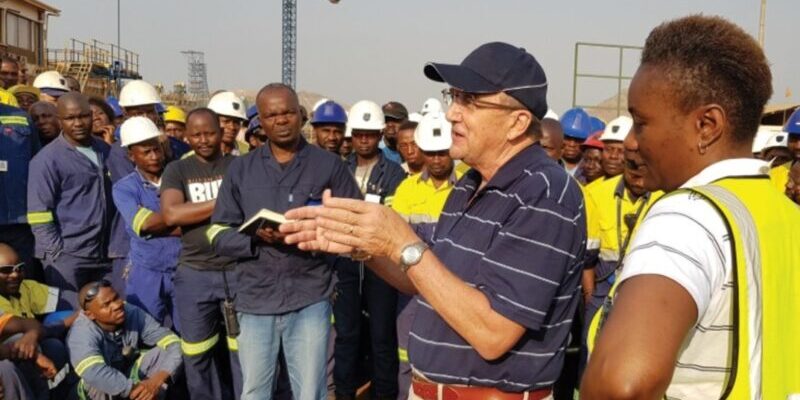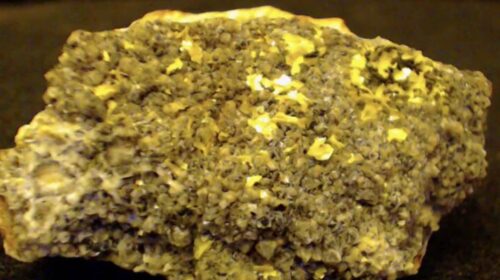Barrick’s Sustainability Strategy Delivers Real Value to Stakeholders
Barrick Gold Corporation (NYSE:GOLD)(TSX:ABX) – Almost $12 billion of economic value generated by Barrick’s mines last year remained in the countries in which it operates, according to the company’s 2023 Sustainability Report published today.
Barrick president and chief executive Mark Bristow says real, tangible sustainability can only be achieved through a holistic approach aligned to the United Nation’s Sustainable Development Goals. Barrick’s conformance with ESG standards is a natural by-product of its sustainable business philosophy and not its driver.
“Barrick’s distinctive approach to sustainability has evolved over many years, guided by the operational experience gained at its worldwide operations, the partnership philosophy at the heart of its business and the company’s belief that all stakeholders should benefit from the value it creates,” he says.
In 2023, 97% of its employees were host country nationals and $43 million has been invested by the company’s pioneering Community Development Committees (CDCs) in education, healthcare, food security, the environment, infrastructure and local economic development.
Further details of Barrick’s economic value contribution, including taxes paid, is included in its standalone Tax Contribution Report for 2023.
On the safety front, there was a 21% year-on-year improvement in Barrick’s Lost Time Injury Frequency Rate with total injuries reducing from 2022.
The company also recorded its lowest malaria incidence rate, a 33% year-on-year decrease from 17.86% in 2022 to 11.35% in 2023. “Our safety performance has been given additional focused attention with the establishment of new groupwide safety protocols to drive fatal risks down and achieve the zero target we have set ourselves,” Bristow says.
Also in 2023, Barrick achieved the target it set for itself for 2025 of reducing its greenhouse gas emissions by 15%. Its Scope 1 and 2 greenhouse gas emissions have now been reduced by 16% against its 2018 baseline.
Barrick will continue to reduce these emissions, with the long-term goal to be Net Zero by 2050. At the same time, it remains on track to achieve its Scope 3 emissions reduction targets which were set in consultation with its suppliers and service providers.
Barrick also re-used or recycled 84% of the water it used in its operations, with an 85% recycle rate achieved at its water-stressed sites. Further sustainability metrics, detailed by site, region and at a company level, can be found in the GRI sheet.
Barrick is also targeting no net loss on any Key Biodiversity Features (KBFs) identified at its sites and is contributing positively to the conservation of high-risk biodiversity features.
“This is best illustrated by the successful, and ongoing, reintroduction of white rhinos to the Garamba National Park in the Democratic Republic of Congo.
Today, these rhinos are safely roaming a park previously considered lost to poachers and nomad herders. Its restoration means that the surrounding communities can look forward to a secure future and one that holds the promise of eco-tourism’s economic awards,” says Bristow.
75 total views , 1 views today





